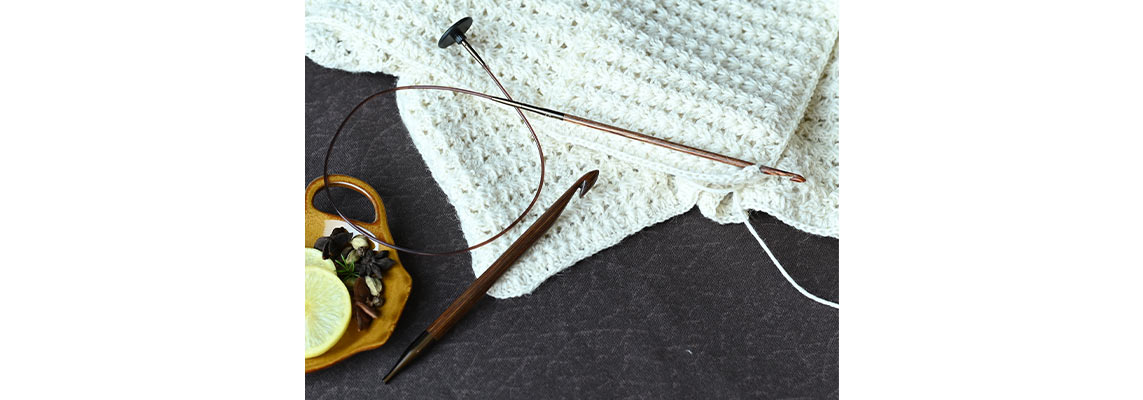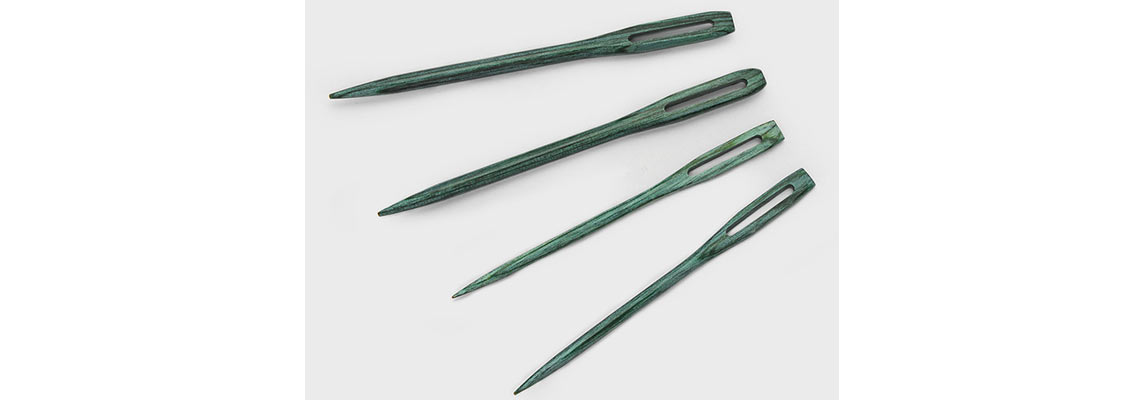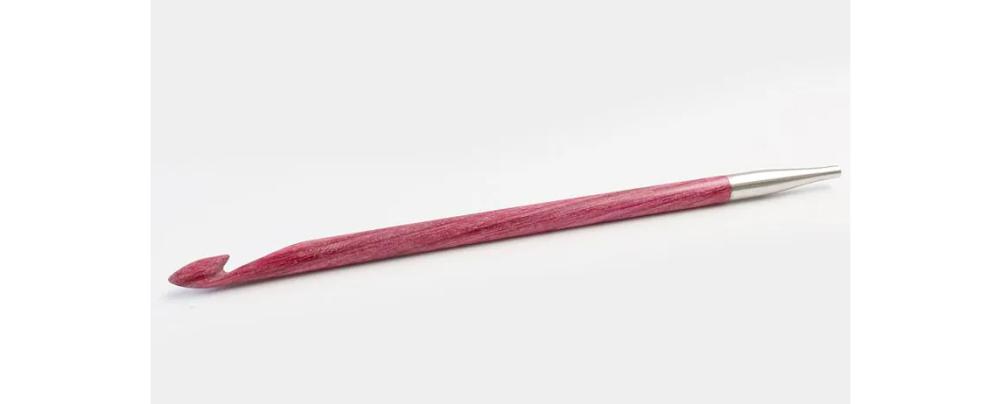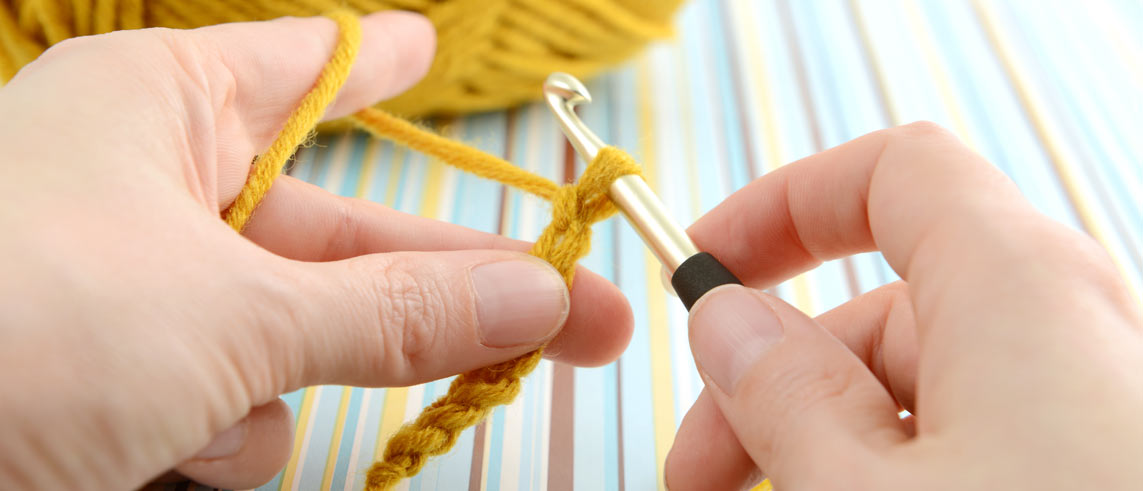Do you ever find yourself marveling at the cozy, plush texture of your projects made with your tunisian crochet hooks, like blankets or those irresistibly warm sweaters, hats, and shawls? This is the magic of Tunisian crochet: it lies in the unique technique of working each row twice with different stitches, resulting in a wonderfully luxurious and versatile fabric.
But here's the puzzle: What happens when you need to unite two separate panels of Tunisian crochet, such as for a stunning sweater or an exquisite Afghan? You wouldn't want any unsightly seams marring the beauty of your creation, right?
We have a crafty solution for all Tunisian crochet enthusiasts – and it’s called ‘grafting’, also known as the ‘mattress stitch’! This technique is the key to achieving a flawless and nearly invisible join between two crocheted or knitted fabric panels.

So get your Tunisian hooks out and discover how this artful method can be the elegant solution for all your seams, allowing you to create stunning garments and home decor items without a single telltale sign of a join.
When do I need to graft pieces in Tunisian crochet?

Sewing pieces together the traditional way can work well for projects where you intentionally want a visible seam or where the thickness of the Tunisian crochet fabric may not be an issue. For example, sewing the pieces together with a contrasting yarn can add a decorative element to the design if you make an accessory like a bag or a cushion cover.
When considering whether to graft or sew, just keep a few factors in mind:
Creating fabric with a Tunisian crochet hook can produce a thicker fabric than regular crochet or knitting. In order to prevent unsightly, bulky seams, grafting with your darning or finishing needles might be a better choice, providing your project with more natural drape.
Grafting is the way to go if you want an invisible join. If you're okay with a visible seam, sewing can offer design opportunities, such as using a contrasting color for decorative purposes.
Grafting is a bit more challenging to master than basic sewing. If you're new to Tunisian crochet or have limited experience with grafting, you might find sewing the pieces together more manageable.
In some cases, a combination of grafting and sewing techniques might be suitable. For instance, you can graft the main body of a blanket to create a seamless appearance and then use sewing to add embellishments or borders.
Indulge in the Zen of Seamless Grafting with KnitPro’s Wooden Darning Needles from the Mindful Collection. The sturdy teal-coloured needles provide an excellent grip and are perfect for a meditative grafting journey that nourishes the soul.
How do I graft in Tunisian Crochet?
In Tunisian crochet, grafting combines two pieces of Tunisian crochet fabric together seamlessly, creating a smooth, nearly invisible seam between two panels of crocheted fabric. Armed with your Tunisian crochet hook and a dash of creativity, you'll learn the almost magical art of flawless joins:

First, create two panels of Tunisian crochet fabric you want to join during the grafting process:
Step 1: Now, lay the two panels side by side, with the right sides facing up and the edges you want to join aligned.
Step 2: Use a separate thread of yarn, preferably in a contrasting color for better visibility, to perform the grafting at first. Thread the yarn onto your darning needle.
Step 3: Starting at one end, insert the finishing needle under the first vertical bar (a front vertical bar or a back vertical bar, depending on the stitch pattern used) on the right panel and then under the corresponding vertical bar on the left panel.
Step 4: Pull the yarn through, leaving a small tail on the wrong side to secure the yarn.
Next, insert the needle under the next set of vertical bars on both panels and pull the yarn through. You can now see that the two panels become invisibly joined as if they have always been one.
Repeat this process, working your way across the panels and under the corresponding bars on each side to maintain symmetry. Once you reach the end, weave in the yarn tail on the wrong side of the fabric to secure the grafting. You have seamlessly joined the two panels of Tunisian crochet, creating a cohesive and polished finished product!
Maintaining the correct tension while grafting is essential to avoid puckering or gathering in the seam. Practicing the technique on swatches before attempting it on your main project can help you become more comfortable with the process. And with the KnitPro darning needles at your fingertips, mindfulness, and creativity converge in perfect harmony.












